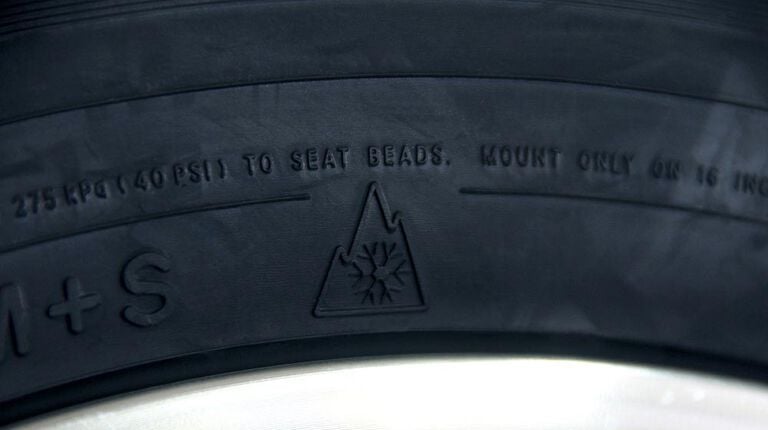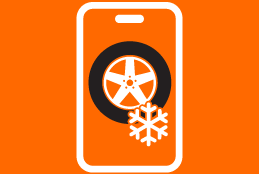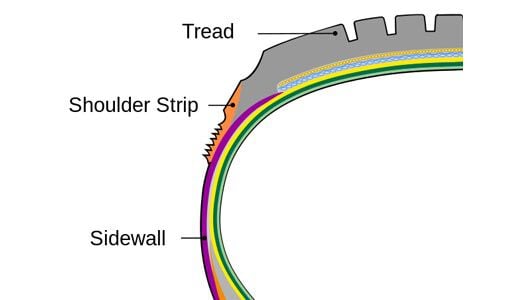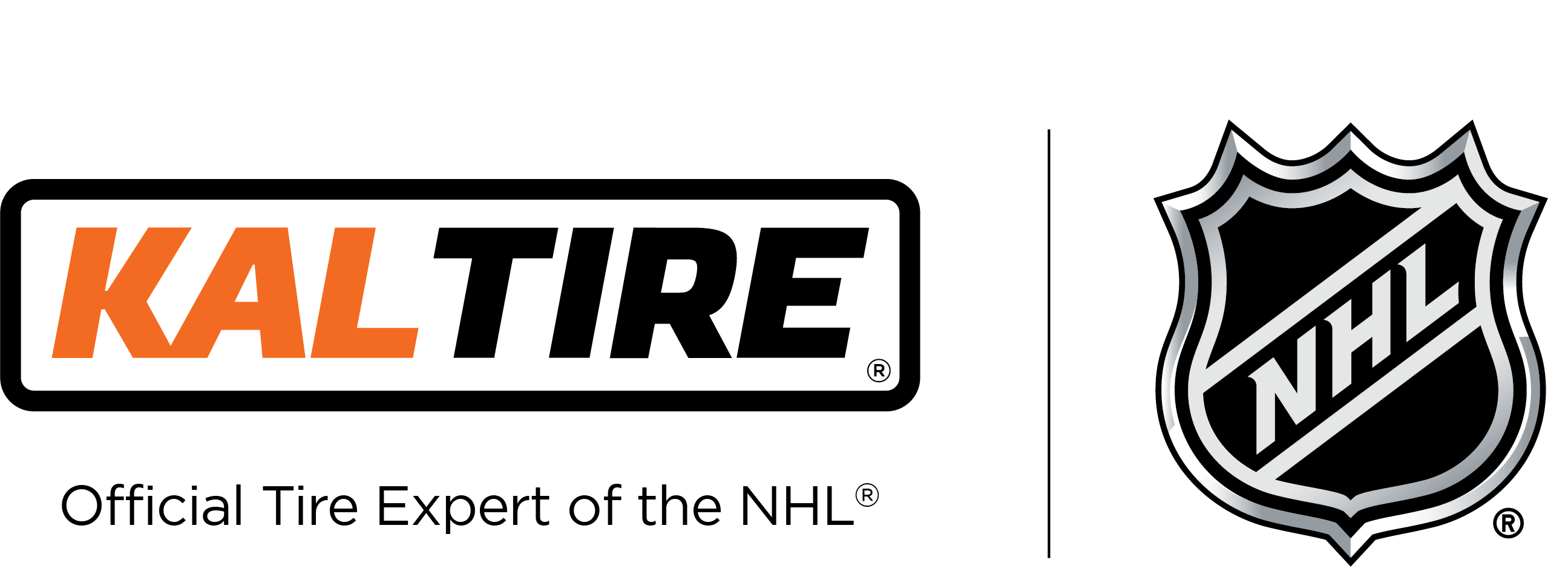Where can you find your tire load index?
You should be able to find your manufacturer’s OE specs in your manual or on your door placard, where you’ll see the recommended tire size, load rating and tire pressure.
Can you use a tire with a lower load index than the original equipment specifications?
What happens if you find a tire you’d like to buy, but it has a smaller load index than your original equipment (OE) specifications? Can you use a tire with a lower load index? No.
A tire with a lower load index than your OE specifications can’t properly support the weight of your vehicle and its load (passengers and ski equipment, for example)—or the forces applied to the tire in emergency manoeuvres.
When you overload tire, you put your tire at risk of:
- Stressing the casing and construction, especially when combined with driving on hot summer roads
- Tire failure and blowouts
The Rubber Association of Canada’s guidelines state new tires should never be downgraded in load rating from the tires placed on a vehicle by the car manufacturer.
If you’re thinking about up-sizing, you can switch to a tire with a higher load index, because that means your tire can safely carry more weight, but you can never go down.
Are you in the market for hauling or trailer tires? Learn more in our post Ply Rating, Load Index & Load Range:Choosing the Best Tires for Hauling.
Remember when you shop for tires online at KalTire.com, you can search for tires by vehicle so we can determine tire size and load index for you! Plus, when you shop online with us, you’re only charged for your tires when the right set is installed.









